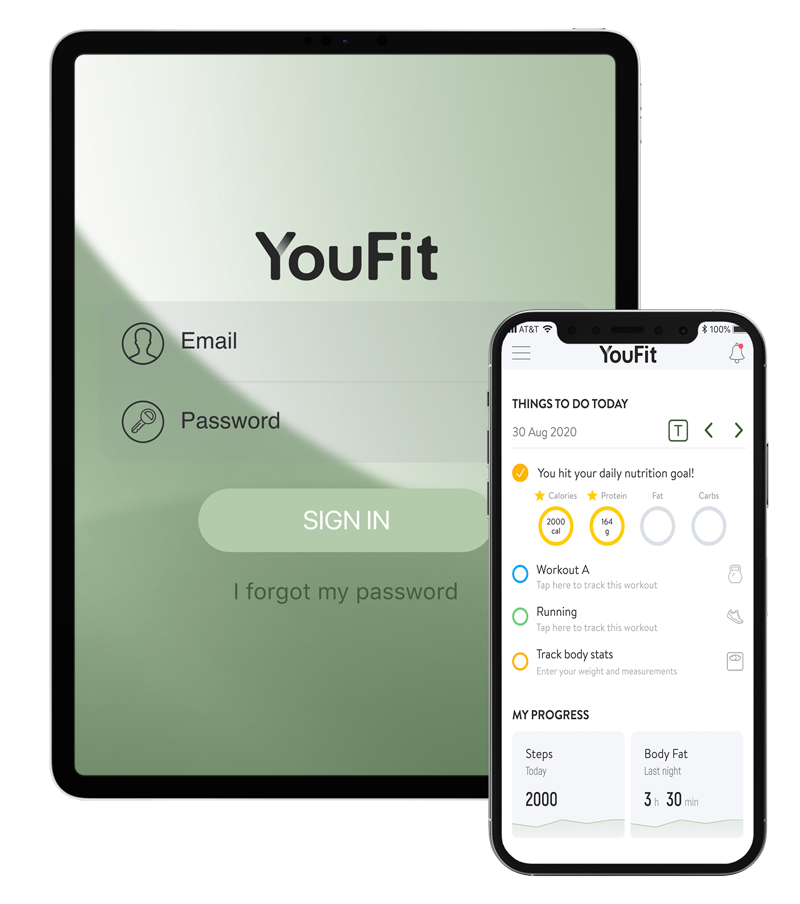Health benefits of vitamin D include strong bones, increased energy and more!
What’s the real story about vitamin D? It’s been popping up in the news for the last few years with headlines blasting claims that most mass numbers of Americans are deficient. Maybe it’s even an epidemic? And is that why you’re so tired all the time? Let’s dig in.
Here’s what we know: Vitamin D is important for your body. It helps your bones absorb calcium from the intestines. Vitamin D plays a part in forming hardened bones, the ones that keep you healthy and strong throughout your entire lifetime. It also plays a key role in mental health and sleep.
What happens if you don’t get enough vitamin D?
Primarily, your body gets vitamin D from the sun. Second to that is through diet and supplements. According to the National Institutes of Health, almost 1 in 4 U.S. adults are considered low in vitamin D. A combination of working inside for long hours while eating foods low in vitamin D are likely to blame.
So what does that mean? According to researchers at the University of Nebraska people low in vitamin D often experience:
- Fatigue
- Not sleeping well
- Bone pain or achiness
- Depression or feelings of sadness
- Hair loss
- Muscle weakness
- Loss of appetite
- Getting sick more easily
- Pale skin
If this sounds like you, resist the urge to diagnose yourself. It’s really important to have a blood test from your doctor to determine whether you have low levels of vitamin D. Especially because there are real health risks associated with overdoing it.
Factors that might affect your vitamin D levels
- Your location. If your home is above the 37th parallel in the United States – north of Arizona, New Mexico, and Oklahoma – your risk for a vitamin D deficiency is higher because a lack of sun exposure makes it difficult for your skin to produce vitamin D during the winter months.
- Your skin color. People with lighter skin typically have higher levels of vitamin D than darker skinned individuals. On average, African Americans have about fifty percent less vitamin D in their blood compared with white Americans.
- Your age. With age, your skin loses its ability to produce vitamin D. Those over age 65 only generate one-fourth as much vitamin D as those in their 20s.
- Your weight. Having a body mass index above 30 could make you more likely to have low blood levels of vitamin D. That’s because vitamin D is stored in fat and in the case of obesity, may have less chance to circulate in the blood.
How to get more vitamin D
If your doctor determines that you have low vitamin D levels, there are two ways to increase it easily and a combination of both is best:
- Get outside every day. When exposed to the sun, your body creates its own vitamin D. But be careful about it and wear sunscreen. “Just being outdoors, you get a fair amount of sun exposure and some sun-related generation of vitamin D,” says Yale Medicine endocrinologist Karl Insogna, MD, director of the Yale Medicine’s Bone Center. “Because skin cancer, particularly melanoma, can be such a devastating disease, it’s best to use sunblock when outdoors in strong sunlight for any prolonged length of time. Because this may limit the amount of vitamin D you get from sun exposure, make sure your diet includes sources of vitamin D from foods or supplements.”
- Eat vitamin D rich foods. Some foods are naturally high in vitamin D while others are fortified. Most dairy milk, for example, includes added vitamin D. Manufacturers have been fortifying milk with vitamin D since the 1930s to reduce rickets, which symptoms include softening of the bones
Foods naturally high in vitamin D:
- Cod liver oil
- Fatty fish like salmon, trout, tuna and mackerel
- Canned fish like herring and sardines
- Egg yolks
- Beef liver
Foods often fortified with vitamin D (check the labels):
- Breakfast cereals
- Milk
- Almond milk
- Soy milk
- Orange juice
How much vitamin D do we need?
The recommended daily amount of vitamin D is 600 to 800 IU recommended for most people, according to Harvard Health. That means if you’re taking a vitamin D supplement, you probably don’t need more than 600 to 800 IU per day. Your doctor might recommend a higher dose for those with a bone health disorder or a condition that interferes with the absorption of vitamin D or calcium. But avoid taking more than 4,000 IU per day, Dr. JoAnn E. Manson, the Michael and Lee Bell Professor of Women’s Health at Harvard Medical School, which is considered the safe upper limit.
Focus on food, not supplements. Doctors recommend getting vitamin D from food sources (like those above) rather than supplements. Read labels to find out how much you’re getting in each serving.
Talk to your doctor. “Many people are taking high-dose supplements on their own and their doctors may not even be aware of it,” says Dr. Manson. Don’t start taking supplements before discussing it with your doctor. It’s important that you take the appropriate amount for your needs. And if you eat a diet rich in vitamin D, you might be able to skip a supplement altogether.
What happens if you take too much vitamin D?
The main consequence of vitamin D toxicity is a buildup of calcium in your blood (hypercalcemia), which can cause nausea and vomiting, weakness, and frequent urination, according to the Mayo Clinic. Vitamin D toxicity can even progress to bone pain and kidney problems, such as the formation of calcium stones.
At YouFit we believe in investing in robust bodies through movement and fresh food. Talk to a YouFit Personal Trainer about outdoor exercises that’ll help you soak up just enough sun to produce vitamin D safely. We also have hundreds of delicious recipes on our EatLove app, brimming with the vitamins and minerals you need to stay healthy and strong.










